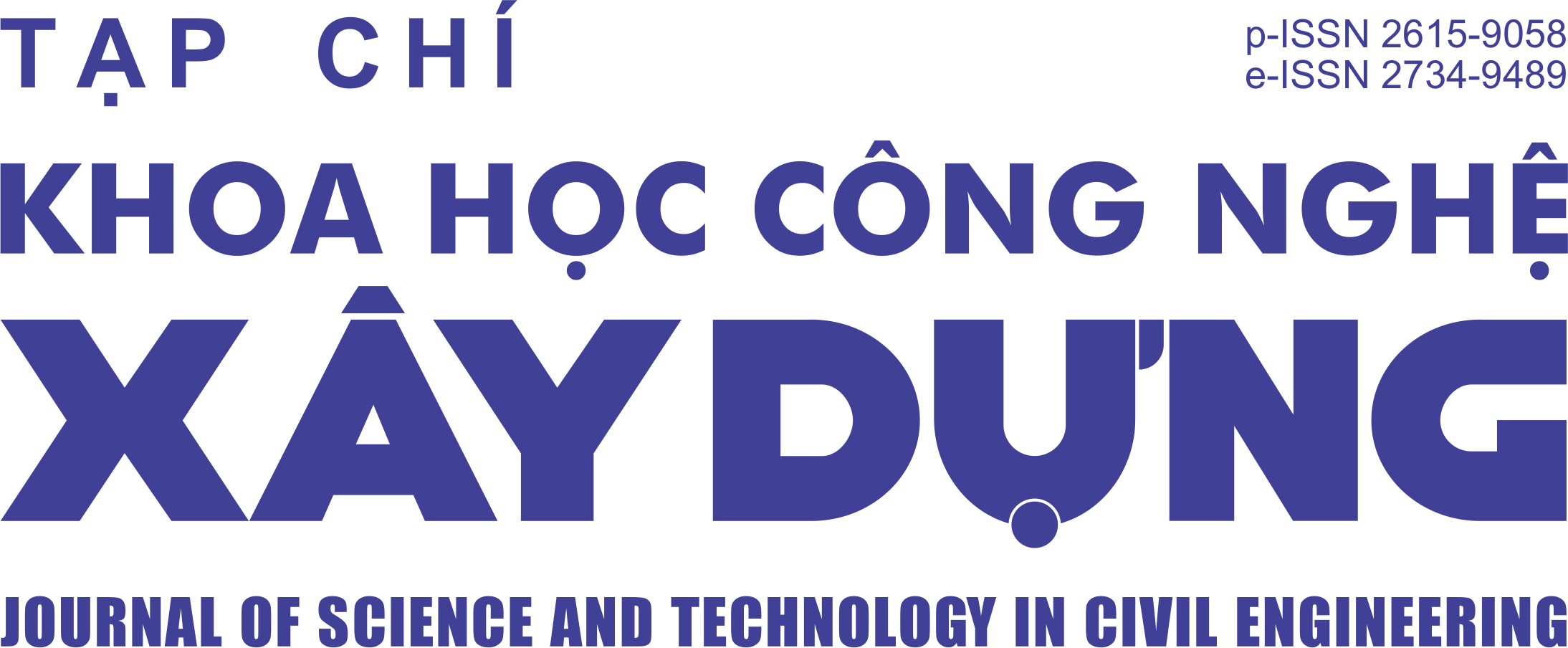Evaluation of ion exchange material from sulfonated polystyrene waste synthesized for removal Cr3+ from aqueous solution by column experiment
Abstract
The paper aims to study the effect of operating conditions in the column experiment with the ion exchange material which was prepared in optimum synthesized conditions. Polystyrene waste from disposable food packaging was dissolved in cyclohexane and sulfonated by sulfuric acid to synthesize cation exchange materials which were applied to remove Cr3+ in water by the ion exchange principle. The optimum conditions for this method were found out and described in previously published literature of the author. Characterization by SEM and Fourier Transforms Infrared (FT-IR) spectroscopy proved that the additional Sulfonic groups were presented. The efficiency of Cr3+ removal was highly affected by column bed height, initial ion concentrations and flow rate of effluent. The highest efficiency of material was 84.0% with a material bed height of 10 cm in the removal of Cr3+ from simulated wastewater containing initial Cr3+ concentration of 120 mg/l. The experimental data obtained from this study was consistent with Thomas and Yoon-Nelson kinetic models, which will be applied for column design in practical study and design. The results from this method can help reduce the plastic waste and easy to apply in practice for removal of Cr3+ in wastewater.
Keywords: ion exchange; polystyrene waste; synthesize; chromium.
Downloads
Copyright (c) 2019 National University of Civil Engineering

This work is licensed under a Creative Commons Attribution-NonCommercial-NoDerivatives 4.0 International License.
1. The Author assigns all copyright in and to the article (the Work) to the Journal of Science and Technology in Civil Engineering (JSTCE) – Hanoi University of Civil Engineering (HUCE), including the right to publish, republish, transmit, sell and distribute the Work in whole or in part in electronic and print editions of the Journal, in all media of expression now known or later developed.
2. By this assignment of copyright to the JSTCE, reproduction, posting, transmission, distribution or other use of the Work in whole or in part in any medium by the Author requires a full citation to the Journal, suitable in form and content as follows: title of article, authors’ names, journal title, volume, issue, year, copyright owner as specified in the Journal, DOI number. Links to the final article published on the website of the Journal are encouraged.
3. The Author and the company/employer agree that any and all copies of the final published version of the Work or any part thereof distributed or posted by them in print or electronic format as permitted herein will include the notice of copyright as stipulated in the Journal and a full citation to the Journal as published on the website.







